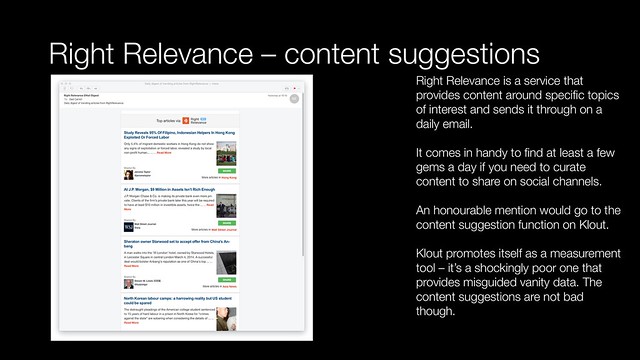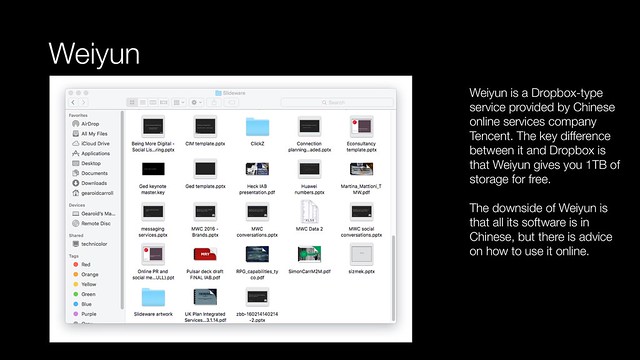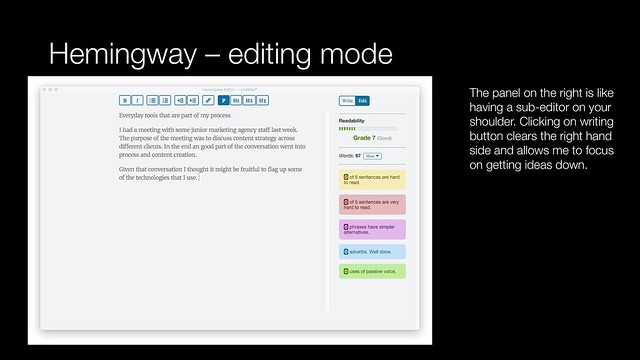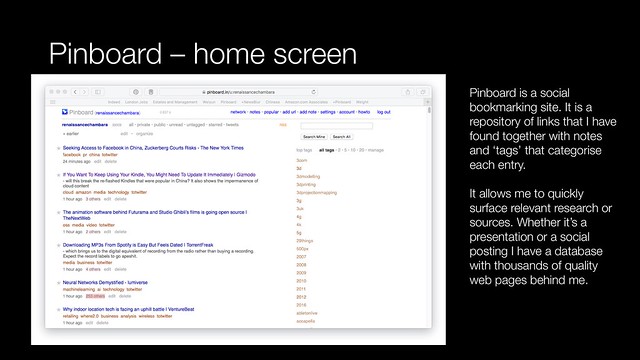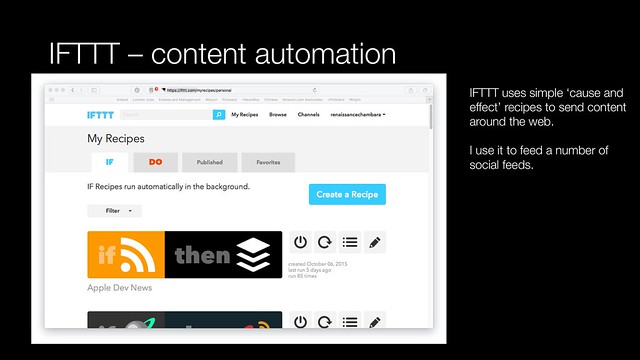Microsoft in Yahoo! saga
Re/code has an interesting article on how the Microsoft in Yahoo! saga continues to influence the sell off of Yahoo! assets by investing money in whichever bid coalition wins. This feels like a riff on Yahoo!’s history over the past six years.
Careful balancing act for Microsoft
The 2010 aggressive bid for Yahoo! was one of the factors in the departure of Steve Ballmer as CEO. A Microsoft-owned Yahoo! made almost as little financial sense as the Nokia handset acquisition.
A later deal via active investor Carl Icahn gave Microsoft everything it wanted. Access to Yahoo! search inventory with no upfront payments. Under the Microsoft deal Yahoo! lost search market share and ad money. Microsoft’s AdCenter was not able to monetise Yahoo!’s search traffic as well as Yahoo! did. Search used to be responsible for half of Yahoo!’s revenue.
Whilst Yahoo! now represents a smaller proportion of search traffic it is still lucrative for Microsoft. Microsoft’s advances in cloud services are still not as lucrative as search advertising.
Microsoft will want to defend a position that on a rational analysis shouldn’t last. By loaning money, it gains leverage over a new management team.
Cheap money to structure deal would be attractive for private equity groups. But it will be bad for the management team put in place and Yahoo!’s future prospects. The Microsoft in Yahoo! saga was at best a spoiling move.
All just a little bit of history repeating
Microsoft provided financial support for Icahn’s run at Yahoo! which saw the departure of Jerry Yang – and the sale of his position in the company. At the time of his overthrow, Yang was the largest single shareholder in Yahoo!.
Six years later we can all see how successful that was.
Problems that it won’t solve
Yahoo! morale. There will be a right-sizing of the workforce, private equity will be ill-prepared to retain the talent required to maintain and evolve Yahoo!’s services. They will also find it impossible to bring in talent in key areas (beyond senior executives). Yahoo!’s former chief product offer Blake Irving is a case in point of this. Expect Facebook, Amazon, Google and others hoover up the key technical talent Yahoo! needs to retain.
Yahoo!’s international business seems to be a point-of-failure. Yahoo! has withdrawn from markets, particularly in Asia where market conditions should be much better. It has wound up businesses that it had recently acquired in the Middle East. Yahoo! Europe seems to have gone from bad-to-worse. Expect Yahoo! to shutter more businesses and consolidate its business in North America.
A highly leveraged Yahoo! still won’t have a mobile advertising solution beyond Flurry. Yahoo!’s own mobile apps consistently under-perform in app marketplaces. The mobile talent Yahoo! has gained will head for the door.
Yahoo! still won’t work out how to sell millennial advertising. Tumblr is a good property, yet Yahoo! can currently monetise 15 per cent of advertising inventory on the platform. How will private equity solve this? Or will someone else pick it up at a fire sale? Microsoft is likely to try and stop any sale to Google (which would be a natural home).
Yahoo! still won’t have an effective play in social platforms. Flickr will still be a niche rather than mainstream product.
A key goal for Microsoft would be to obtain search traffic from Yahoo! Japan. Since Yahoo! Japan is a joint venture with SoftBank, this won’t happen. Yahoo! Japan has already gone to court to keep Microsoft out of its business. The new relationship with a divested core won’t change this.
Getting Yahoo! on Microsoft’s cloud would be a major coup, but would require major coding, something that private equity owners probably wouldn’t want to do.
Yahoo!’s IP including core patents for paid search offer little opportunity for additional revenue. They can’t be used against Google and would be unattractive to sell on. Yahoo!’s contributions to open source software would be missed – PHP, Hadoop and the Debian distribution of Linux have all benefited.
History as an indicator of failure
This would represent the second activist shareholder owned board. The current one has been responsible for a catastrophic destruction of value. None of the acquirers have articulated a reason why advertisers should believe in them. Whilst a deal needs to maximise value for Yahoo! shareholders; if it doesn’t offer a plan that pleases customers – it will fail.
A highly leveraged business will not be in a good place to cope with programmatic advertising which will likely reduce the cost of Yahoo!’s over-priced display ad inventory. The likely leverage also means that Yahoo! would make an unattractive long term partner for the major marketing groups. More on Yahoo! here.
More information
Microsoft Tells Possible Yahoo Buyers It Would Consider Backing Bids | Re/code
Yahoo! – how did we get here? | renaissance chambara
Reflecting on Yahoo!’s Q2 2015 progress report on product prioritisation | renaissance chambara
Facebook: the Yahoo! patents case | renaissance chambara
Why I am sunsetting Yahoo! | renaissance chambara
The trouble with Yahoo!’s M&A scuttlebutt | renaissance chambara
Thoughts on the Microsoft and Yahoo! search deal | renaissance chambara
Yahoo! Japan and The Gordian Knot | renaissance chambara
Yahoo!: some things I am worried about | renaissance chambara
Barbarians in the valley | renaissance chambara
The Steve Ballmer Post | renaissance chambara
The Wall Street Journal Online bounced my comment | renaissance chambara
A quick primer re @blakei @yahoo #delicious | renaissance chambara
2010 MICROSOFT BID FOR YAHOO | NY TIMES
